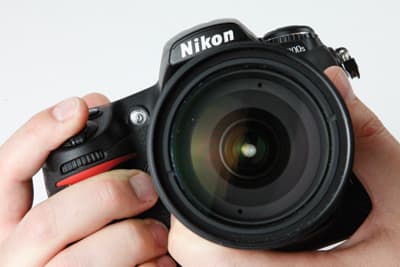
The sharpness and clarity of a shot is one of the key elements that makes up a successful shot. Many things can affect image sharpness.
The most common is camera shake, and your photos may be suffering without you even knowing.
Try enlarging some of your best handheld shots and you’ll see what we mean. Even the tiniest bit of shake can reduce image sharpness.
Here are a few tips to get sharper images:
1. Make sure your shutter speed does not go below the reciprocal of your lens focal length – so if you’re shooting with a 200mm lens, then stick to speeds above 1/250sec. Ideally you should stay higher than that.
2. If shooting handheld, raise your ISO. Most modern cameras perform well at ISO 400 and shooting at this setting enables you to reduce your shutter speed by a couple of stops.
3. Avoid both the widest and smallest apertures on your lens. Most lenses, especially budget optics such as your kit lens, perform relatively poorly at the widest and smallest apertures, with issues such as astigmatism and fringing and poor edge sharpness creeping in. The majority of lenses are generally at their best in the middle range.
4. Shoot at maximum resolution and quality. Don’t be tempted to shoot at smaller sizes or greater compression to save space on the card. These will adversely affect the image quality.
5. Compose in camera so you don’t have to crop later. Cropping reduces image quality. Use a zoom lens – or simply move closer – to fill the frame and exclude elements you don’t want in your shot.
6. Try a prime lens. Fixed focal length lenses are sharper than zooms. (Unless it’s a really expensive fast pro zoom that weighs a ton.) You can buy something like a 50mm f/1.8 for peanuts and it’ll knock spots off your kit zoom for quality.
7. Squeeze the shutter, don’t stab at it. Either hold your breath or exhale slowly when you press the shutter, and squeeze it gently rather than jabbing it and causing unnecessary vibrations.

When you take a shot, gently squeeze the shutter button rather than jab at it, in order to reduce vibrations.

- Most lenses, especially the more affordable ones, have a ‘sweet spot’ where they perform at their best – normally middle of the range at f/11.







